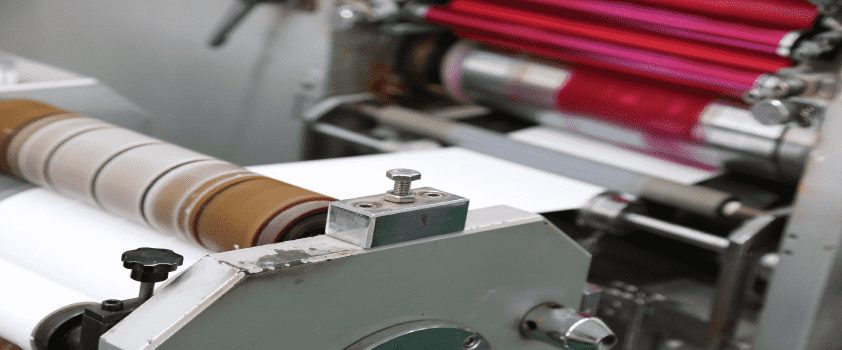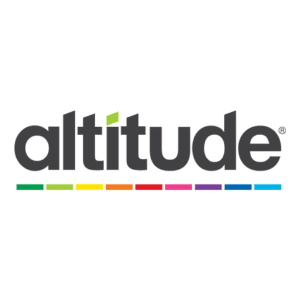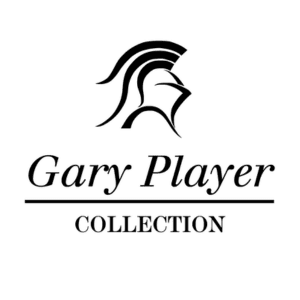Printing Module 7 : Offset Lithography
Offset Lithography Printing is the most popular technique for commercial printing. It has been around since the 20th century, helping businesses produce stationery, leaflets, brochures, magazines, and cards in bulk. Also called offset lithography, commercial offset printing is also used for labelling packages such as boxes or cartons.
Offset printing is one of, if not, the most popular printing technique across a range of different industries.
It provides the highest quality results and adds a lot of value to products, packaging or publications.
But how exactly does it work, and why should you consider it for your packaging project?
Let’s dive right in!
What is this printing Method?
Offset printing or offset lithography is a printing press technique that transfers the ink from a plate to a rubber roller (or blanket) and then to various substrates to produce high quality images and designs.
It is typically used for mass production, such as printing large quantities of newspapers, brochures, stationeries, magazines, and of course, boxes.


It is one of the most widely used printing options for its high-quality output and consistent results.
The different types
Web-Fed Method
Web offset lithography is mostly seen in the printing of newspapers and boxes.
In this process, rolls of paper are fed continuously through the press and can produce over 5,000 printed materials.
The paper is cut afterward (this is also part of the press) to create identical sheets.
Web-fed offset printing presses can produce over 3,000 papers per minute, which translates to about 80,000 identical sheets per hour.
This option is ideal for organizations that need to produce large quantities at a fast pace to meet tight deadlines.
Sheet-Fed Method
Unlike Web-fed, sheet-fed offset lithography produces smaller quantities as sheets of paper are fed individually.
It is still considered a quick printing option compared to other printing operations available.
Sheet-fed printing can print up to 12,000 sheets to 24,000 per hour.
Over the years of modernization, sheet-fed has also improved in speed, which allowed it to perform similar functions as the web-fed press.
The does the Process Work
The Pre-Press Process
The preparation for the artwork before going through the press is a vital step to produce the exact printing output.
One of the common mistakes designers make during their artwork preparation is not converting their work from RBG to CMYK.
The best way to make sure you are preparing your files correctly is by contacting a product specialist of the packaging or printing company you are working with.
Printex product specialists can provide expert advice on preparing your artwork for printing.
The Process
- First the image/text/graphics are layered in rapid successions on a ‘plate’ – this is usually a sheet of metal (although paper/polyester may also be used).
- The plate is then transferred to a rubber roller/cylinder, which is then used for the main event, offset printing. There will be two plates involved in the process if both sides of the paper need to be printed on.
- The roller then feeds the paper into the press. The cylinder (this is also made of rubber) containing the ink for your artwork design stamps or ‘prints’ onto the paper to create high quality color output and quality.
The Benefits of this method
- High quality and true color: Since Offset uses ink instead of toner (digital printing), the result of the print is a lot richer and clearer
- Low cost: Medium to large quantity printing is best used with offset printing. The more quantities that are produced, the cheaper the per unit cost becomes.
- Fast and efficient: Web-fed can produce over 80,000 copies of printed materials while producing them in high quality
- Flexible and dynamic: Offset printing works on a wide range of materials including paper, cardboard, wood, leather, and plastic while providing solutions to special finishes and other design requests.
Majority of Our small format printing products are mostly printed with this method. To learn more about this method of printing please view this informative Wikipedia article here.















